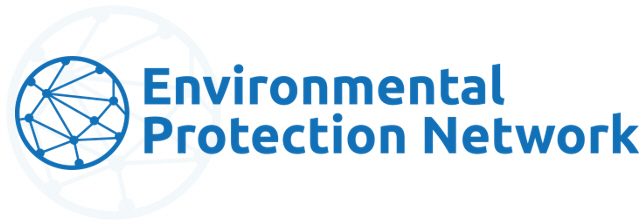A 501(c)(3) nonprofit is an organization that has applied and been approved for IRS recognition as a tax-exempt organization. Nonprofits rely on their 501(c)(3) status to solicit grants, donations, and other funds. Nonprofit status helps organizations raise money because donors may be able to deduct contributions on their own taxes. Starting a 501(c)(3) nonprofit helps organizations by allowing them to solicit tax-exempt funds legally from donors. The steps that go into starting a 501(c)(3) include choosing a name for your nonprofit, writing your purpose statement and bylaws, recruiting and establishing a board of directors, filing your articles of incorporation, applying for federal tax-exempt status as a 501(c)(3), and filing for state recognition of tax exemption.
The 501(c)3 process is fairly straightforward and can be started by using form 1023EZ, which can be done online. Registration with the secretary of state is also required to ensure designation as a not-for-profit entity. For potential registration assistance, contact Lawyers for Good Government.
In addition, the Anthropocene Alliance held a presentation and peer-to-peer learning webinar on “Getting to 501(c)(3) Status and Staying There,” which provides helpful information on the pros and cons of becoming a 501(c)(3), how to attain 501(c)(3) status, and how to maintain that status.
And below are a few follow-up answers to questions posed during the webinar:
They essentially are different entities with different accounting and forms. Each has their own Employer Identification Number (EIN) and board. There can be some overlap between the two boards, but each should have unique members. See more here.
What percentage of time/money can a 501(c)(3) spend lobbying for specific legislation (as opposed to just educating decision-makers on a topic)?
If you think you will do a lot of lobbying, you may want to fill out form 5768. By doing this, you are choosing to be subject to fairly clear lobbying expenditures limits rules (instead of the more vague rule that lobbying can be a substantial part of your activities). If you make this choice, then the maximum allowable annual lobbying is the sum of:
– 20% of the first $500,000 of an organization’s exempt purpose expenditures, plus
– 15% of the second $500,000 of such expenditures, plus
– 10% of the third $500,000 of such expenditures, plus
– 5% of the remainder of such expenditures, with a cap of $1 million in annual lobbying expenses.
On top of this cap, there is a further restriction that an organization may not spend more than 25% of its permitted lobbying total on grassroots lobbying. More information on lobbying and why grassroots lobbying is different can be found here.

